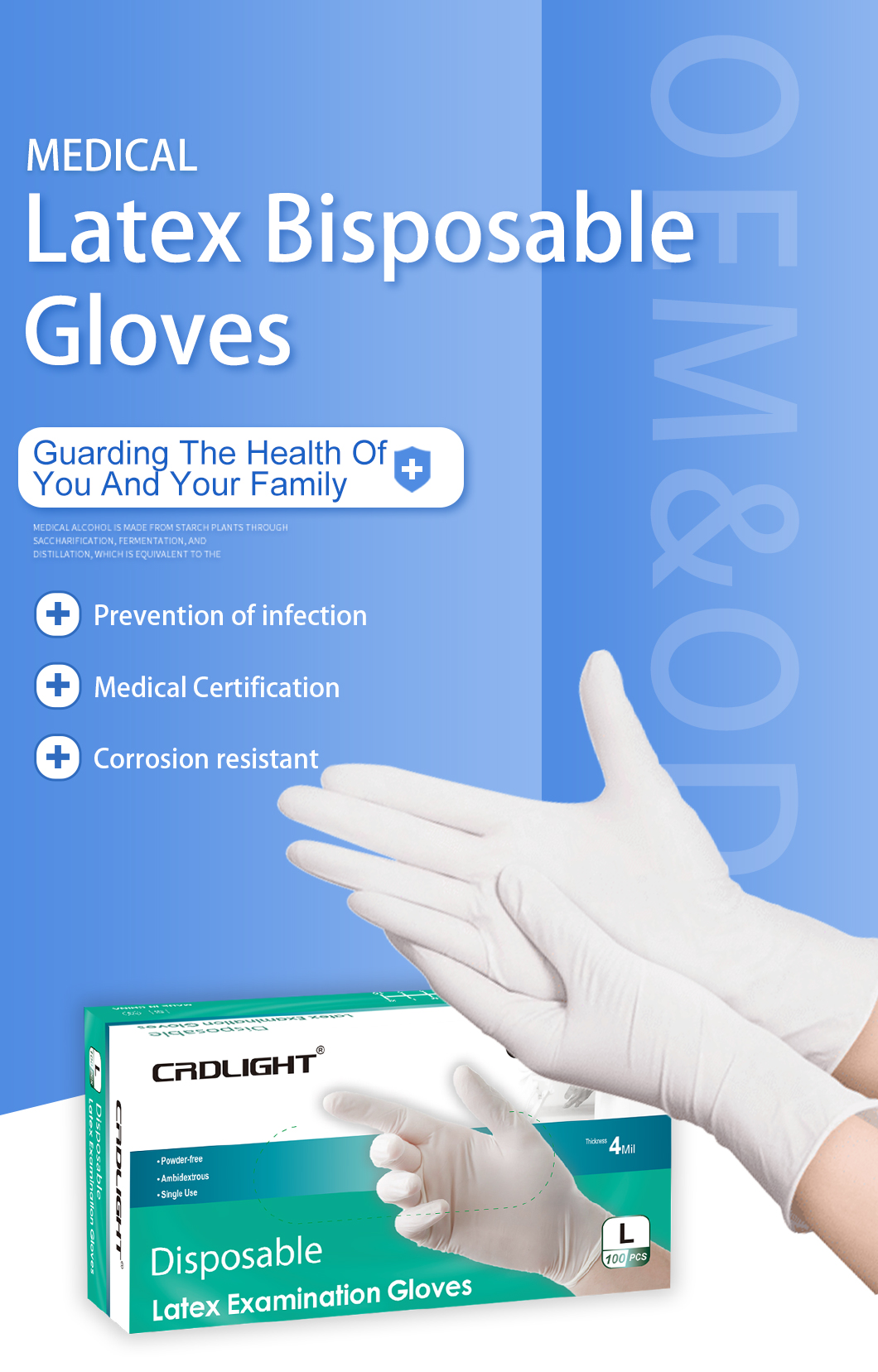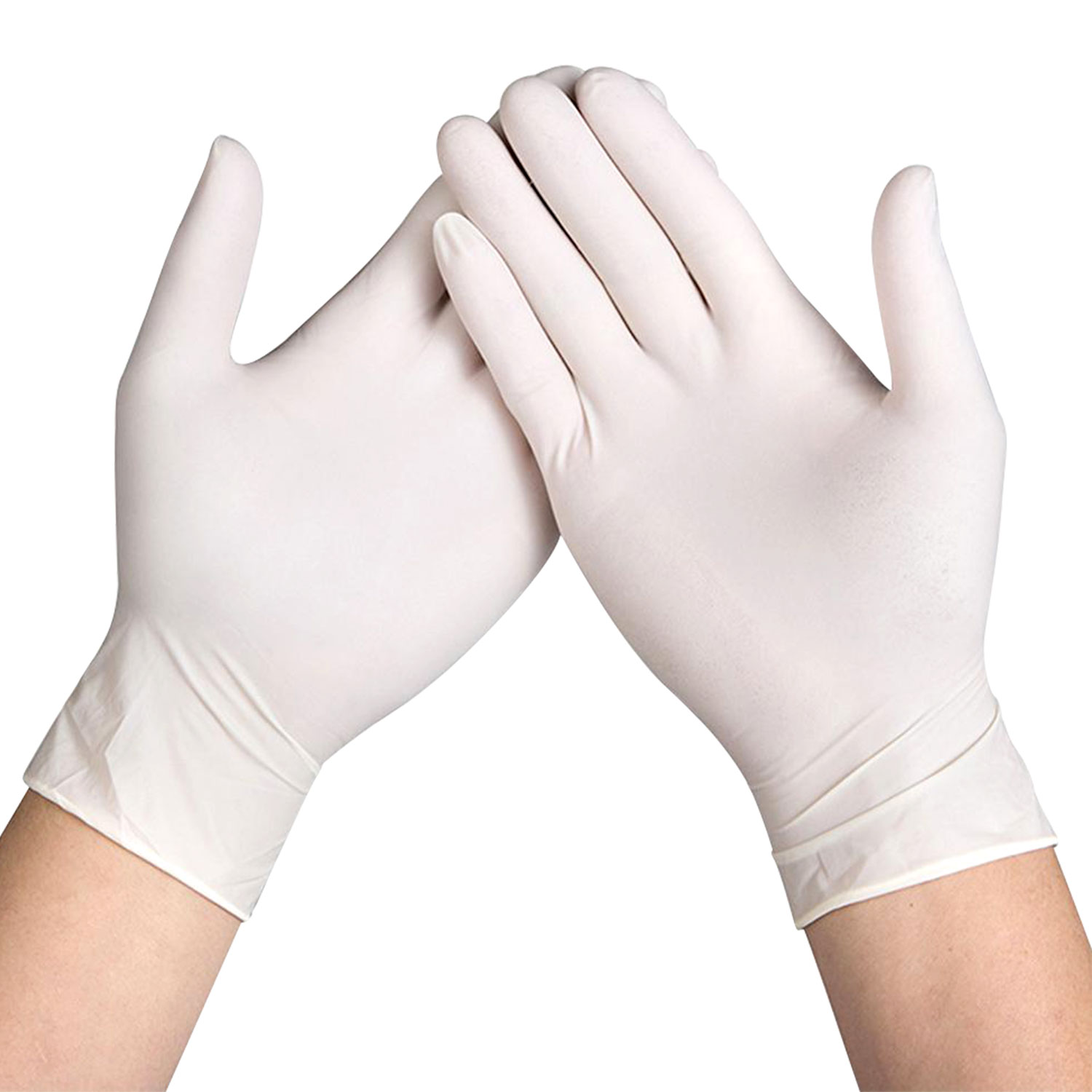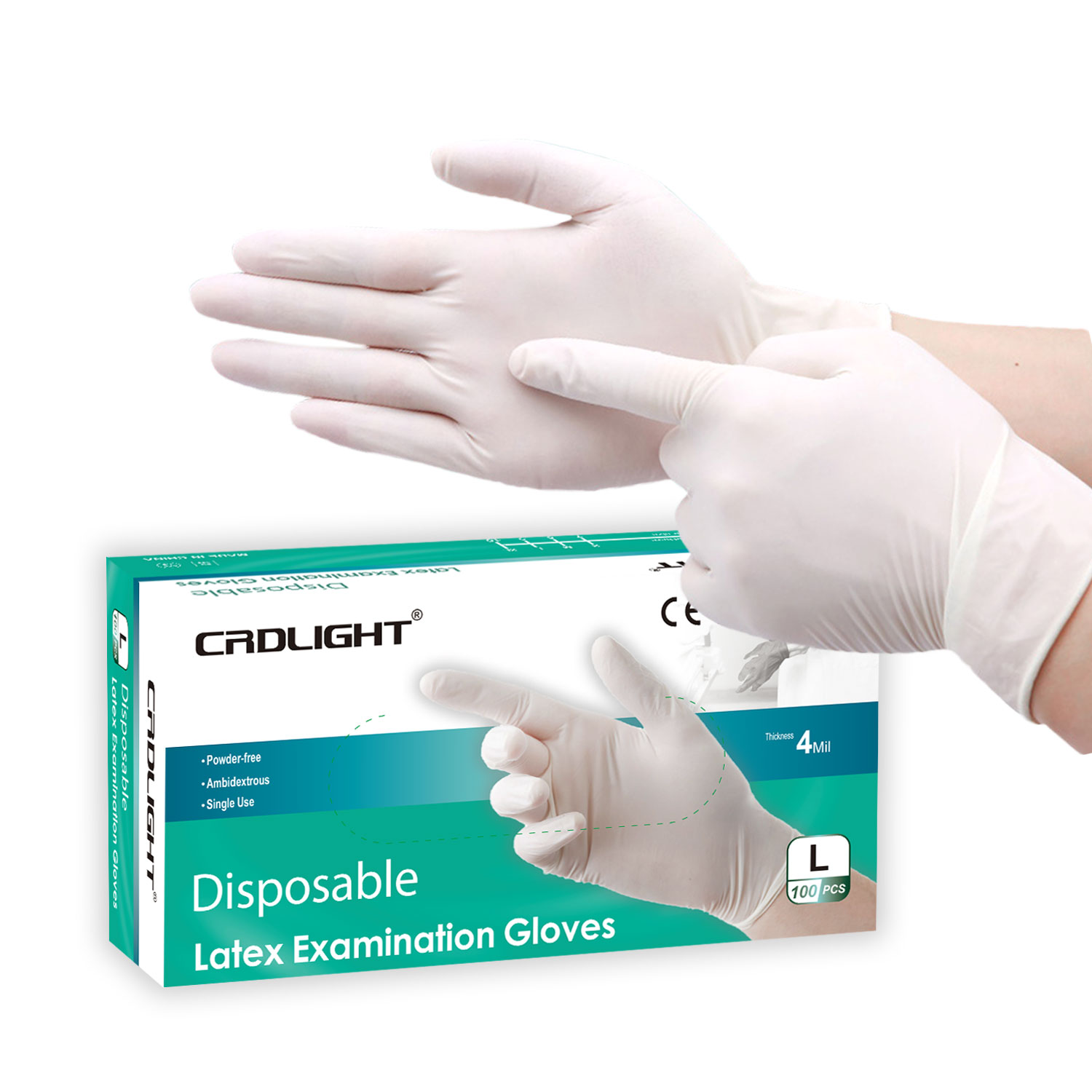Found mainly in the foodservice and healthcare facilities, the demand for disposable latex gloves continues to heavily increase as more people pay closer attention to cleanliness and sanitation during the COVID-19 pandemic. Not only do disposable gloves protect your employees’ hands from contaminants and potentially harmful chemicals, but they prevent cross-contamination and help you practice proper food safety. Learn everything you need to know about latex, latex allergies, and how latex gloves compare to other types of materials below.
What Is Latex?
Latex is a mix of proteins and compounds that is found naturally in some plants and trees. The latex starts out as a liquid, but it’s eventually turned into a rubbery material that has many different uses in a variety of industries. Natural latex is different from synthetic latex, which is made from chemicals and is used to make things like latex paint.
What Is Latex Used For?
Latex is used to make many common items like disposable gloves, medical equipment, balloons, shoes, tires, and rubber toys, among other things. You can find latex products in many different settings, and it’s common in the foodservice industry as well as medical and dental fields.
What is a Latex Allergy?
A latex allergy is when someone has a reaction to the proteins in natural latex. There are different types of latex allergies, and some people have mild reactions while others can develop serious medical issues when coming into contact with latex. According to the CDC, between 1 and 6% of the general population have latex allergies. As a result, you should be careful when using latex products around customers or with people who may have an allergy.
In 2017 the FDA issued a ban on powdered latex gloves in medical and dental fields, because it can have a negative effect on the patient if they have a latex allergy.
Powdered vs. Powder Free Gloves
Holding a trash bag with powder-free gloves
There are two main types of latex gloves that you can choose from, powdered and powder-free. Each type has its own pros and cons and is ideal for different types of situations.
Powdered Latex Gloves
Powdered latex gloves have a powder on the inside that makes them easy to slip on and off and prevents the latex from sticking to your hands, which is ideal if your staff members are constantly taking off their gloves and replacing them with a new pair.
The powder inside the glove is cornstarch, which prevents irritation unlike previous powders used in gloves. In addition to making the gloves easier to put on, the powder keeps your staff’s hands dry and comfortable. This type of disposable glove is also more resistant to tears and rips than powder-free options.
Powder-Free Latex Gloves
After the FDA ban, powder-free latex gloves have become much more prevalent in the medical industry, and they are also common in foodservice settings. The main benefit of powder-free gloves over powdered options is that they won’t leave a messy residue on your hands or equipment, which is essential in foodservice settings. Additionally, new types of powder-free gloves are just as easy to put on as powdered options, making them an excellent replacement to other powdered gloves.
Post time: Sep-22-2021


